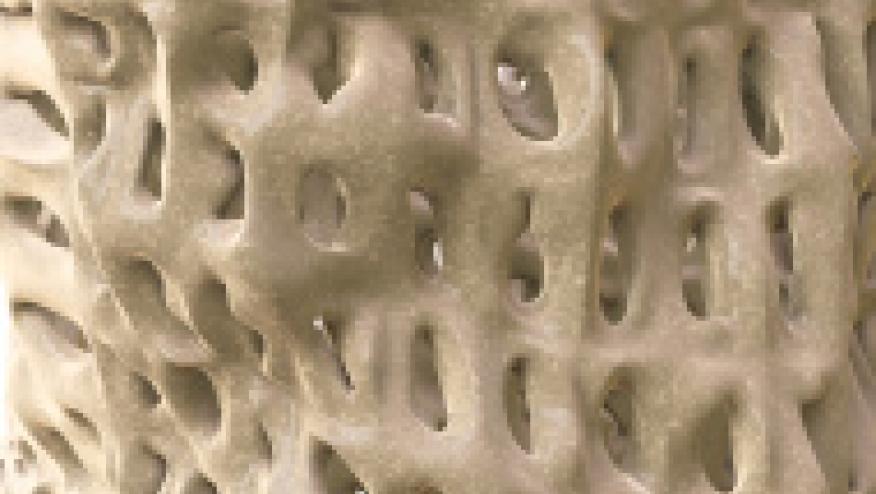Romosozumab Surpasses Teraparitide in the STRUCTURE Study Save

The experimental bone drug, romosozumab, has succeeded in meeting its primary endpoint by showing it was significantly more effective than teriparatide in a 12-month study assessing total hip bone density in postmenopausal women with osteoporosis.
The trial involved 436 patients previously treated with bisphosphonates. They were randomized to receive either subcutaneous romosozumab (210 mg monthly) or subcutaneous teriparatide (20 mcg daily) for 12 months.
Romosozumab is a monoclonal antibody against sclerostin and is currently in phase III clinical trials for the treatment of osteoporosis and fracture prevention. Sclerostin is an osteocyte-derived inhibitor of osteoblast activity. The monoclonal antibody romosozumab binds to sclerostin thereby increasing bone formation.
The study tested the safety, tolerability and efficacy of romosozumab in women with postmenopausal osteoporosis. No new safety signals were identified and both drugs showed similar side effects. More than 5 percent of patients on romosozumab experienced adverse events such as nasopharyngitis, arthralgia, back pain, headache or fall.
The drug is being co-developed by Amgen and UCB. Amgen stated that further analysis of this Phase 3 STRUCTURE study will be submitted for publicaion and presentation at medical conference and for publication.










If you are a health practitioner, you may Login/Register to comment.
Due to the nature of these comment forums, only health practitioners are allowed to comment at this time.